According to the updated IUCN (International Union for Conservation of Nature) red list, here are the species that were marked as “EXTINCT”.
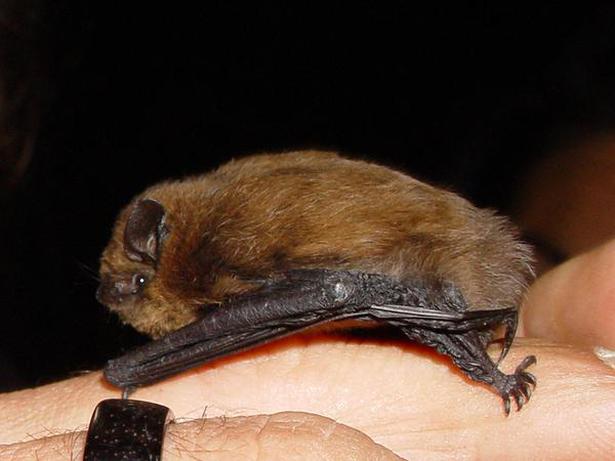
Christmas Island Pipistrelle(Pipistrellus murrayi)
Christmas Island Pipistrelle : This small bat found exclusively on Christmas Island, Australia was listed as critically endangered last year. Predation, loss of habitat, and diseases were pointed out as causes for its extinction.
Christmas Island Whiptail-skink : Another species endemic to Christmas Island, this lizard went extinct this year. Non-native predators and insecticide poisoning drove it over the edge.
Christmas Island chained gekho : The species is listed as extinct in the wild, which means it is now found only in a captive breeding programme.
Gunthers Dwarf Burrowing skink : Though no record of the skink has been made for more than 125 years, this native of South Africa was officially confirmed to be extinct only this year.
Here are the species that are under a high risk of extinction in the near future. According to the updated list, they are placed under the "critically endangered"category.
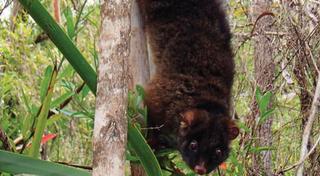
Western ringtail possum (Pseudocheirus occidentalis)
Western Ringtail Possum: The number for this species has declined by almost 80 per cent in the past 10 years. Australia’s increasingly dry and hot climate has led to its dramatic decline.
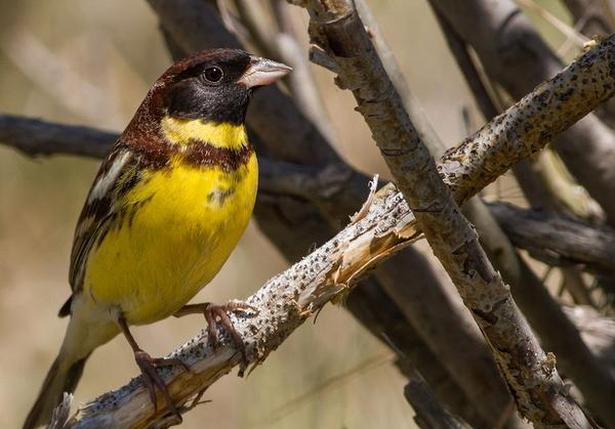
Yellow breasted bunting(Emberiza aureola)
Yellow-breasted Bunting: Loss of roosting site and use of pesticides are major causes of their its decline.
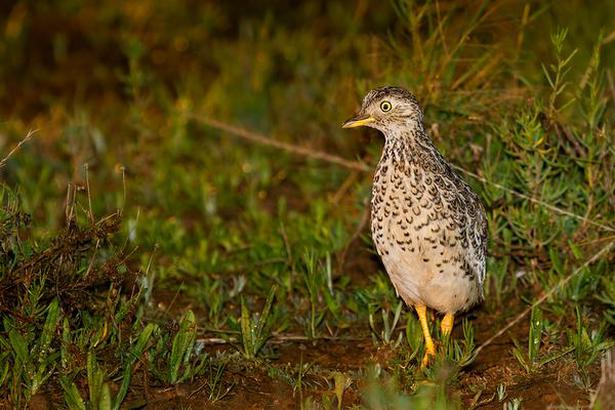
Plains Wanderer(Pedionomus torquatus)
Plains Wanderer : Exposure to pesticides, habitat loss, predation by foxes have all affected the survival of this small quail-like bird
Green Poison Frog, Perret's Toad, and Rose's Mountain Toad are also listed as critically endangered.
Thanks to conservation efforts and captive breeding, a few species have recovered and moved from endangered to “vulnerable”
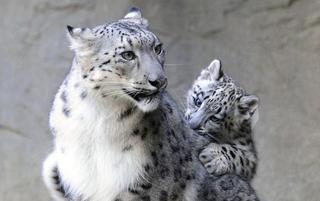
Snow leopard(Panthera uncia)
Snow Leopard: Setting up of protected areas, anti-poaching measures, vaccination have helped save the mountain species of Asia.
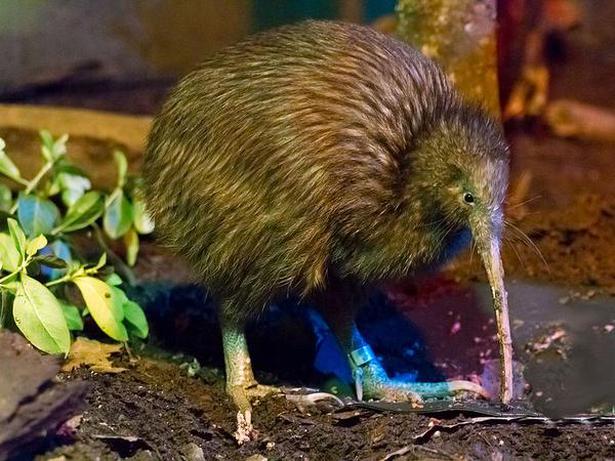
North Brown Kiwi(Apteryx mantelli)
North Brown Kiwi & Okarito Kiwi: Conservation efforts by the Australian Government and captive breeding has aided the change in their status.
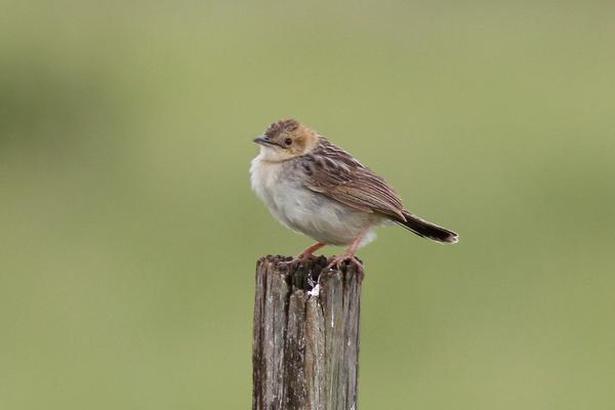
Aberdare cisticola
Aberdare cisticola : Their status of this Kenyan warbler bird was changed after re-assessment in its habitat
Ouvea Parakeet: Native to Ouvea Island of France, conservation efforts by local population has helped increase its population.
A Happy Tortoise Story:
The C. duncanensis which was termed 'extinct in the wild' last year has recovered fully-thanks to conservationists. A native to the Pinzon Island in Equador, it faced constant trouble from non-native rats who feed on its eggs. In order to save these endemic species of the island, conservationists started captive breeding programme and a rat eradication programme which proved a huge success and now the tortoise is down listed as vulnerable

